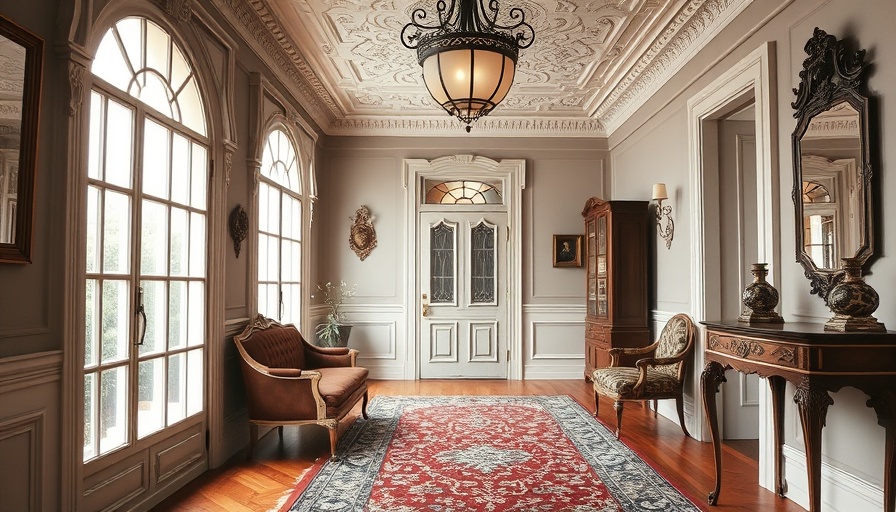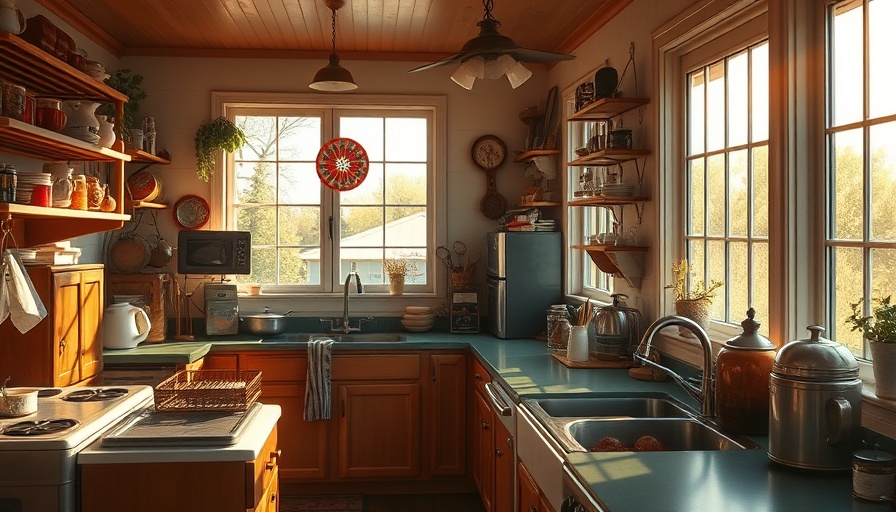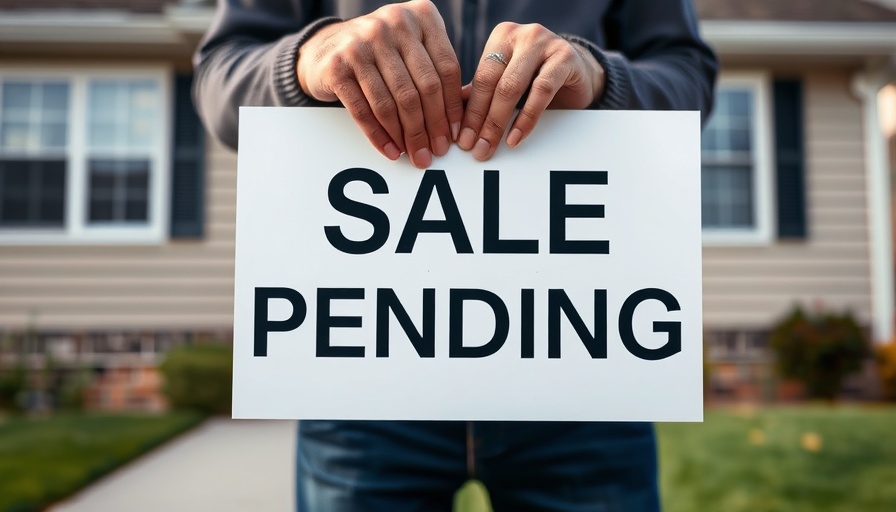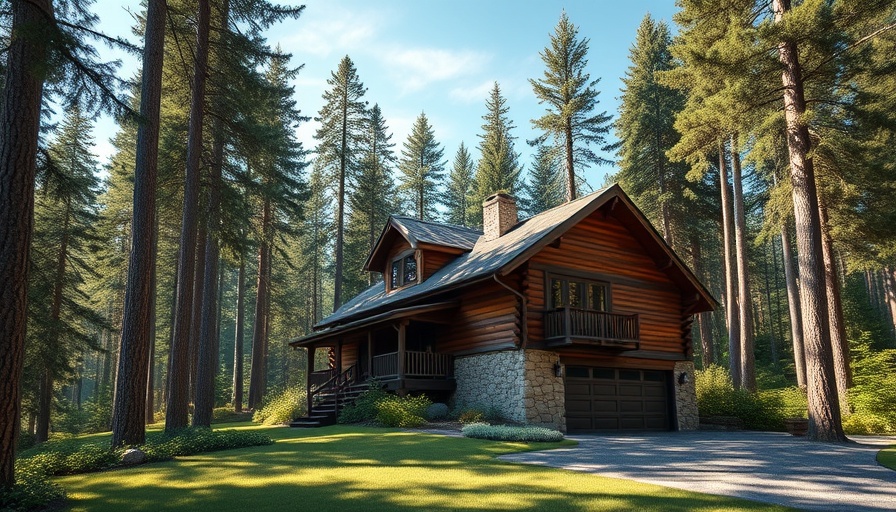
Discover the Allure of Vintage Home Design
Design trends from the 1920s to 1940s remain remarkably relevant in today's real estate market, showcasing both elegance and functionality. With homes showcasing rich materials, the era's distinctive aesthetic captivates homeowners and renters alike, as they seek to merge vintage charm with modern living.
Curved Lines and Glamorous Glass: A Timeless Appeal
The 1920s and '30s were defined by Art Deco design, characterized by curving contours and luxurious finishes. This style adds a layer of sophistication to any home. Modern interpretations often feature glass block walls, creating a nostalgic yet fresh appearance. These design elements elegantly intertwine with modern amenities, striking a balance that resonates with today's buyers looking for character in their homes.
The Power of Built-Ins and Geometric Details
From functional built-ins to geometric accents, elements of architecture from the 1940s continue to influence contemporary spaces. Homes that incorporate these elements evoke a sense of purpose and connection to the past. Real estate professionals are witnessing a resurgence in demand for spaces that feature thoughtful design choices that reflect the unique stories of their inhabitants.
Color Palettes that Stand the Test of Time
The color schemes prevalent from the 1920s through the 1940s bring warmth and charm to modern interiors. Rich shades of gold, blue, and orange echo the era's vibrancy while remaining appealing in today's market. Highlighting vintage colors in modern design not only enhances aesthetic appeal but also connects contemporary spaces with historic roots, a valuable selling point for real estate agents.
Integrating Vintage Design into Modern Living
Design experts recommend blending vintage styles with modern aesthetics to create inviting environments. For real estate agents, suggesting simple adaptations, such as adding vintage-inspired furniture or fixtures, could significantly enhance property appeal. When clients desire spaces infused with personality and history, these elements become crucial selling points, appealing to buyers across diverse demographics.
The Real Estate Market and Its Ever-Evolving Trends
The integration of vintage design in homes signifies broader trends in the real estate market. Current buyers show an inclination towards properties that tell a story and offer unique character. By leveraging these insights, real estate professionals can enhance their marketing strategies, directing attention to homes rich in architectural heritage and aesthetic depth.
Actionable Insights for Real Estate Professionals
Understanding the historical context of design trends can empower real estate agents to make informed recommendations to clients. Incorporating vintage elements into staging or renovations can dramatically impact property value and buyer interest. Engaging with clients about design possibilities, especially in areas with historic significance, can open new avenues in property marketing.
The Future of Vintage Aesthetics in Homes
As homeowners express a desire for individuality in their living spaces, the trend towards vintage elements is expected to grow. For homeowners and investors, recognizing the market value of these aesthetic preferences becomes vital. Vintage design not only enhances the beauty of homes but also provides potential financial gains in an ever-competitive real estate market.
For those considering property investments or market listings, understanding the intersection between vintage design appeal and modern functionality will be crucial. With the right approach, engaging with historical aesthetics can be both creatively fulfilling for designers and financially rewarding for investors.
 Add Row
Add Row  Add
Add 




Write A Comment